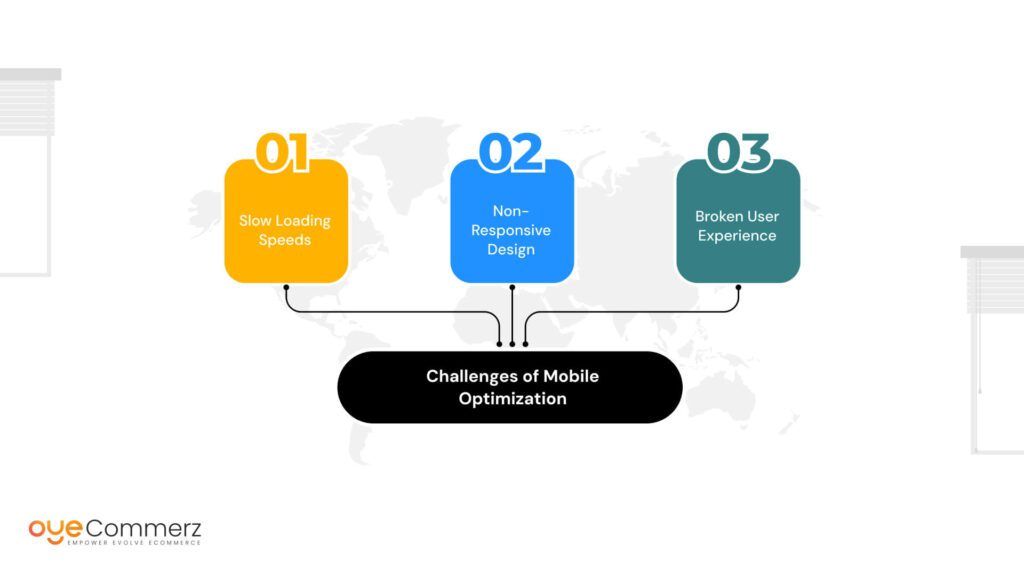In today's online environment, choosing the appropriate e-commerce platform is essential for business growth. If you're currently utilizing Wix but are considering a move to Shopify, you are in good company. Many companies are migrating to Shopify to leverage its robust capabilities, scalability, and specialized e-commerce tools. This article will walk you through the transition process, ensuring a smooth transition and preparing you for e-commerce success.
Why Switch from Wix to Shopify?
Before diving into the transition process, it's essential to recognize why Shopify might be a superior choice for your e-commerce needs:
- Specialization: Unlike Wix, which serves various use cases, Shopify is engineered specifically for e-commerce, offering advanced features and features tailored for digital commerce.
- Scalability: As your company grows, Shopify can easily handle increased visitor volumes and transactions volume without sacrificing performance.
- Extensive App Library: Shopify offers a large collection of apps that can enhance your store's capabilities, from advertising solutions to inventory management options.
- SEO Capabilities: Shopify offers superior SEO options, which can help boosting your store’s visibility on search engines.
- Transaction Methods: With numerous payment gateways supported, including Shopify Payments, you can offer customers a wide range of options.
Preparing for Transition
To guarantee a smooth transition from Wix to Shopify, adhere to these preparation steps:
1. Backup Your Data
Download all your information from Wix, including product details, customer information, and transaction logs. This process is crucial as it ensures you have a backup of all data before starting the migration.
2. Select a Pricing Option
Assess the different Shopify plans offered and choose one that aligns with your business needs. Take into account factors such as costs, features included, and growth potential.
3. Create Your Shopify Profile
Create your Shopify profile and familiarize yourself with the platform’s dashboard and features.
The Transition Process
Now that you're ready, it’s time to migrate your store from Wix to Shopify. Here’s how:
1. Import Products
Use Shopify's built-in import tool or external tools like Cart2Cart or LitExtension to transfer your products from Wix to Shopify.
Make sure that item details, pictures, costs, and options are correctly imported.
2. Transfer Customer Data
Import client details such as user names and contact info into your new Shopify store. This step is vital for maintaining customer relationships and marketing efforts.
3. Configure Transactions
Configure payment gateways in your Shopify store to ensure smooth payments. You can Sales performance choose from various options like credit cards, PayPal, and others.
4. Customize Your Store Design
Select a theme that aligns with your business image. Modify it using Shopify's customization options to create an attractive and user-friendly store layout.
5. SEO Optimization
Implement SEO best practices during the migration process:
- Set up 301 redirects from old Wix URLs to new Shopify URLs.
- Optimize product titles, descriptions, and images with relevant keywords.
- Update meta tags and alt texts for better search engine visibility.
Post-Migration Steps
Once your store is live on Shopify, follow these follow-up steps:
1. Check Your Website
Perform comprehensive testing of your new store:
- Verify item listings for accuracy.
- Test payment processes.
- Ensure all links work correctly.
2. Launch Marketing Campaigns
Broadcast your new store launch through newsletters and social platforms.
Think about offering special offers or discounts to attract customers.
3. Track Your Progress
Leverage analytics tools within Shopify to monitor revenue growth and customer behavior.
Modify your strategies based on data insights.
Conclusion
Migrating from Wix to Shopify can significantly enhance your e-commerce potential and lay the foundation for growth and achievement. By following this guide and taking a Inventory management systematic approach to the migration process, you can guarantee a smooth transition that minimizes downtime and maximizes opportunities for revenue. Welcome the change and watch your online business thrive on its new platform!
